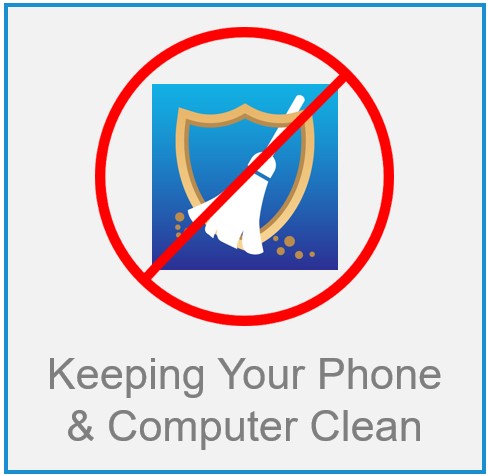There's light at the end of the month. The Spring Equinox is two weeks today. The clocks go forward 11 days later, on the 31st. Boys of today will never know the embarrassment of missing morning kick-off because their phone alarms adjust automatically.
To get us in the mood for our favourite celestial event, we're talking 'bout moons.
The technology used in the Apollo moon landing in 1969 was cutting-edge for its time but relatively basic compared to today's standards. The Apollo Guidance Computer weighed 30 kilograms, and had 36 kilobytes of RAM, 32 kilobytes of storage and operated at a processing speed of 0.043 megahertz.
In contrast, modern mobile phones weigh 170 grams, have 12 GB of RAM (349,525 times greater), 1 Terabyte of storage (33,554,432 times larger), and a processing speed of 3300 megahertz (76744 times faster).
But are they as capable as they claim to be?
You see some pretty cool shots of the night sky from Google's Night Sight and Samsung's Space Zoom camera modes (pictured). Turns out Samsung's moon shots, used to advertise their phones, are about as controversial as the Apollo moon landing.

A Reddit user exposed the authenticity of Samsung's moon photos. While acknowledging that the images are not outright fabrications, the author contends that they are not entirely genuine either. To support their argument, the author conducted an experiment using a downsized and digitally blurred moon image, demonstrating that Samsung's AI model adds craters and details where there was intentionally no detail to begin with; essentially photoshopping the image to make it look cooler. This finding has been backed up by other photographers.
Samsung's marketing is deceptive, as the moon pictures are enhanced by AI rather than the optics themselves. Does it change how you feel about the photo, or how you perceive the technology? For us, it's a tad discouraging.
You can't get away with a fake photo in 2024, yet people are still working to disprove an entire space mission from 1969.
But why take a photo when you can just go?
In a 2019 survey, Britons were asked if they'd embark on an all-expenses paid trip to the moon with a guaranteed safe return. The responses revealed a divided sentiment, as 43% expressed interest in undertaking the trip, while 48% said they would straight-up decline the opportunity.
But how many of them are riding to the moon on crypto?
Digital currencies, such as Bitcoin, are having a resurgence after a 2-year slump. As of 2024, 11% of Brits (approximately 5.6 million people) have invested in cryptocurrency. 71% say they have no intention of ever buying cryptocurrency. Two-thirds of investors are men, which aligns with males' increased tendency to make risky investments.
But you're gonna need more than your little Coinbase account to get off this planet.
A 90-minute trip via Branson's Virgin Galactic or Bezos' Blue Origin will set you back $250,000 (£197,000). Alternatively, you can fly in style to the International Space Station via Musk's Space X, for a very reasonable $60 million, where you can stay for up to 30 days at $35,000 per night. A penthouse suite in Las Vegas is only a modest flex these days.
We only have a limited number of spins on this planet left. Most of us don't know exactly how many, but it's probably less than we'd like. One day we'll pick a daffodil; get lost in a birdsong; crunch on a mini egg for the last time. Whatever you're going after this Spring; this year; this life... Shoot for the stars. You might just hit the moon.













